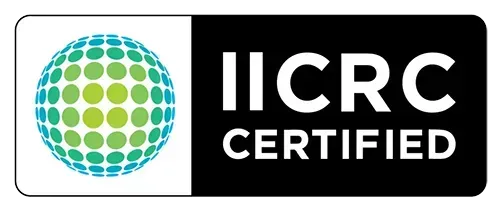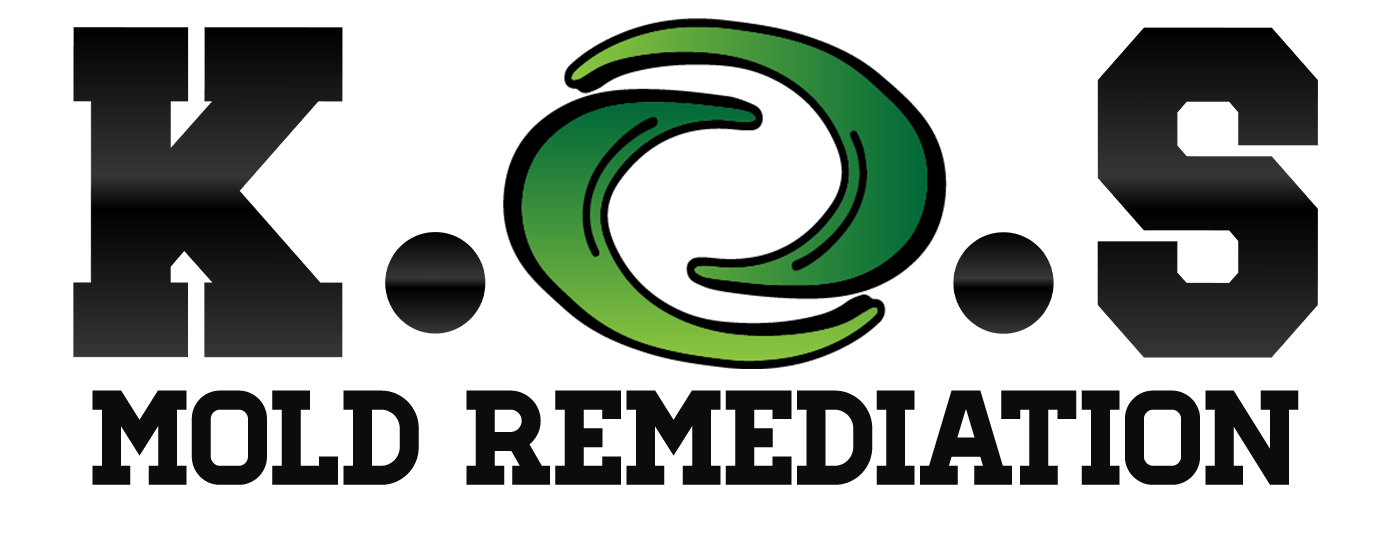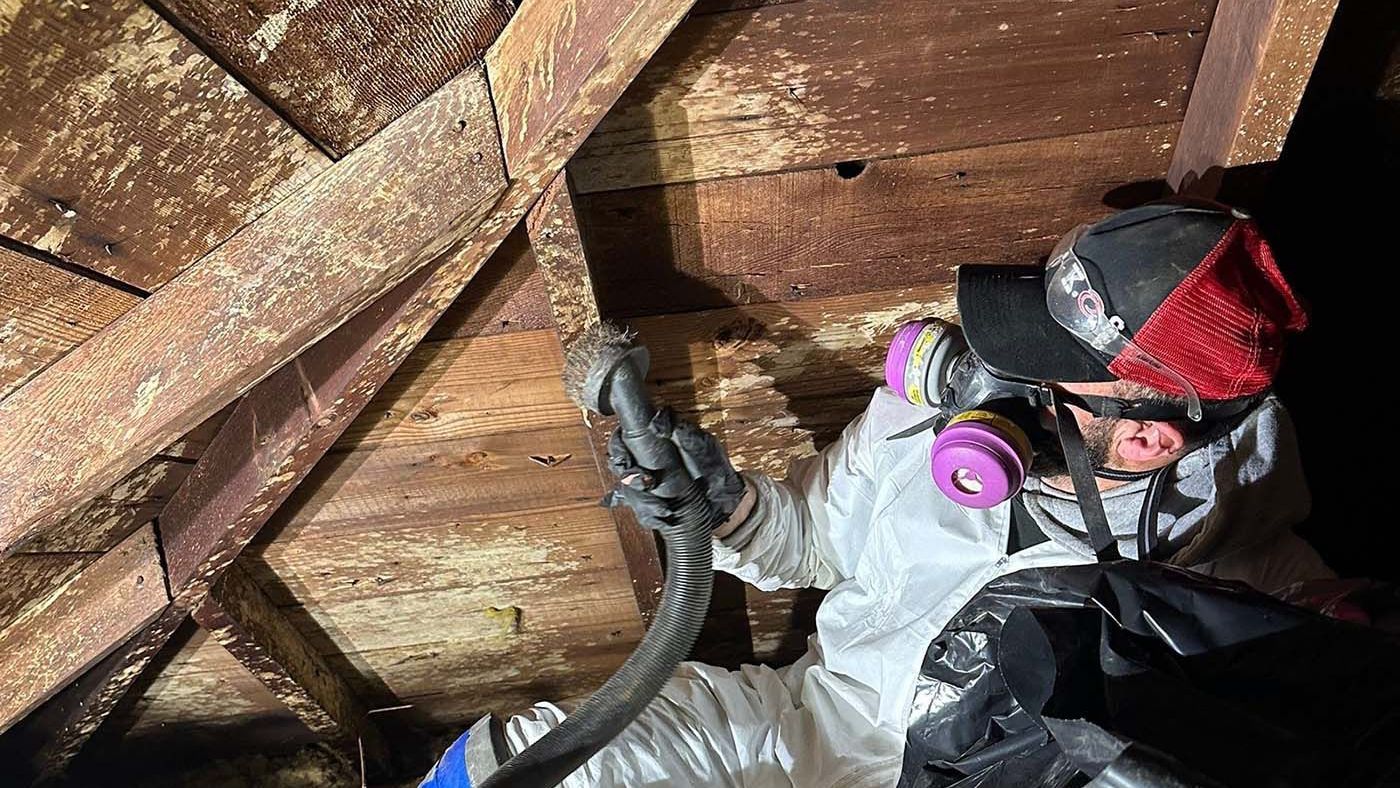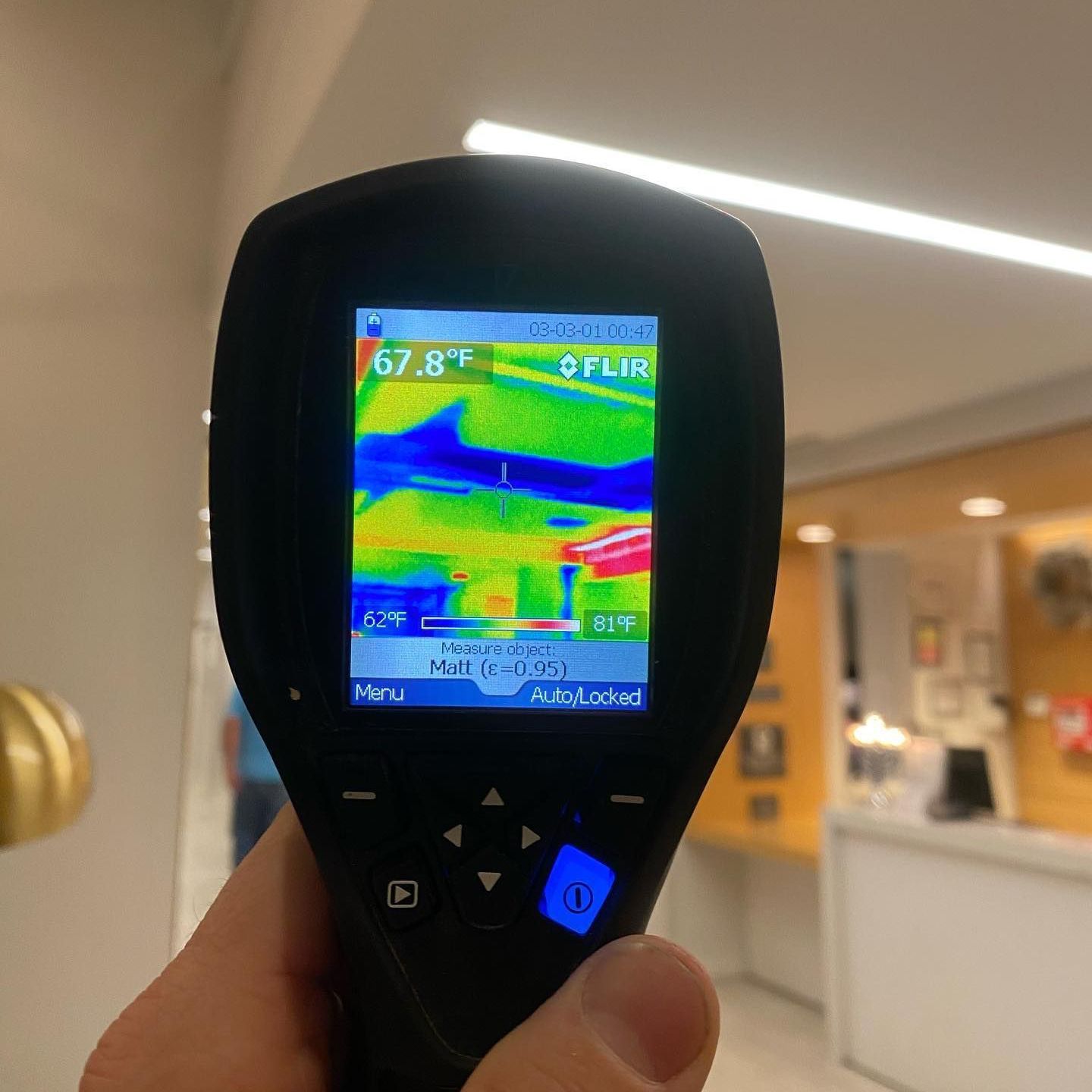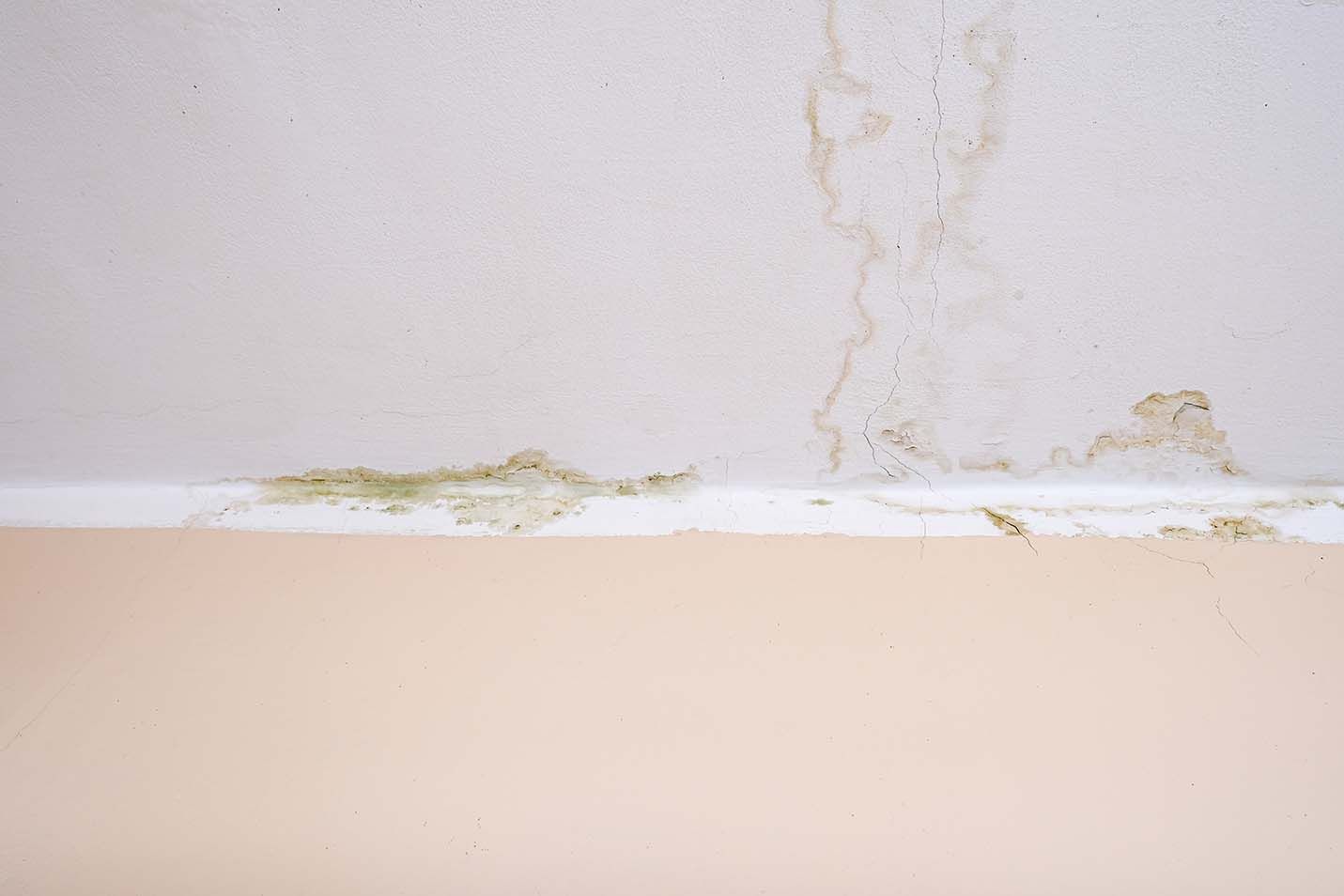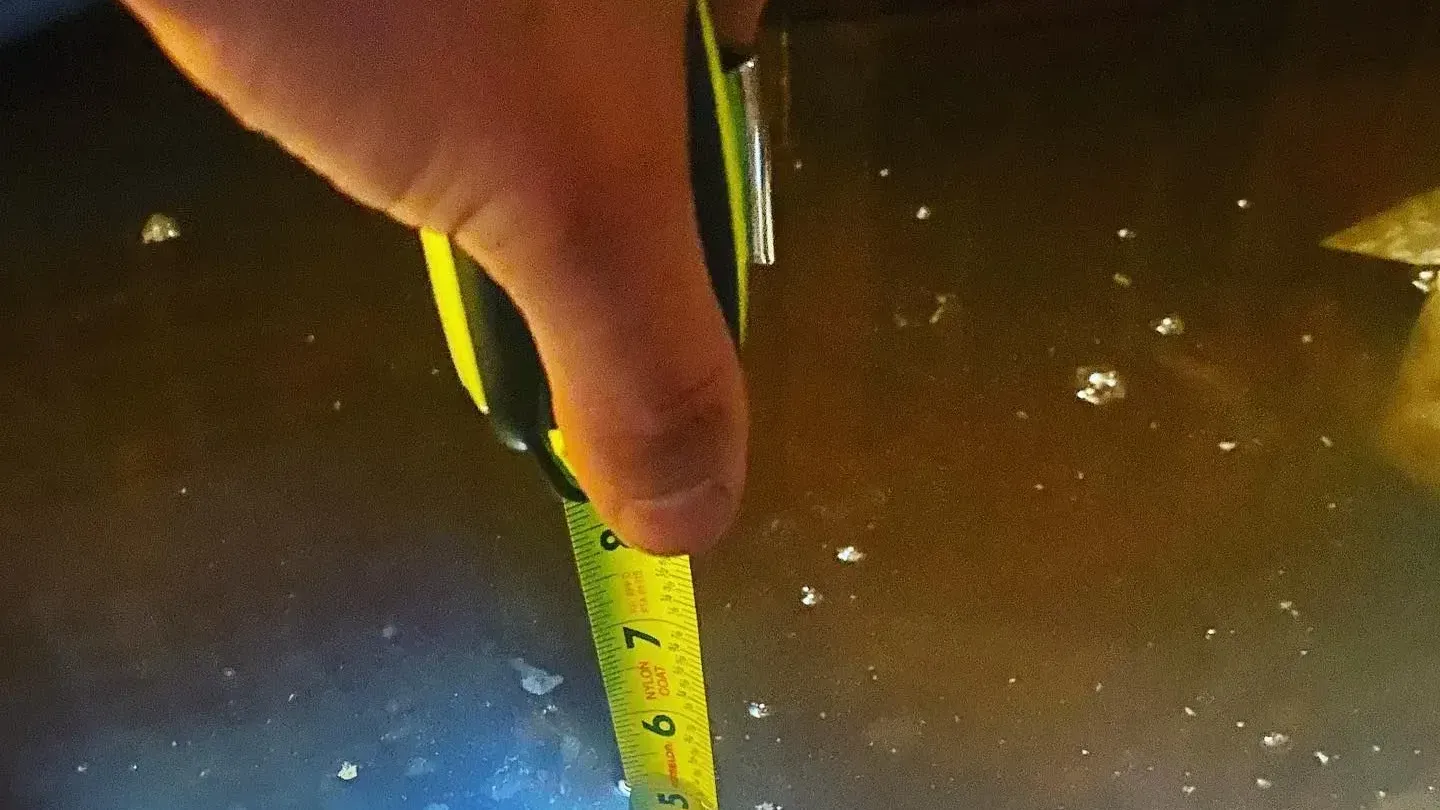The Hidden Dangers of Poor Drainage Around Your Home
Spring is here on Long Island, and while we’re all enjoying the longer days and warmer temps, this season can bring something far less welcome: basement flooding. At K.O.S. Restoration, we’ve already responded to calls from homeowners dealing with water seeping into their basements after heavy rain—and it’s only the beginning of the season.
Whether you’re in Nassau, Suffolk, or Queens, here are some of the most common causes of spring flooding and what you can do right now to help protect your home.
Heavy Rainfall & Poor Drainage
Spring rainstorms can quickly oversaturate the soil around your home. If your gutters are clogged or your yard doesn’t slope away from the foundation, that water has nowhere to go but inside.
Solution:
Clean your gutters and make sure downspouts are pointing away from the house. It’s a small job that can prevent a big mess later.
Sudden Warm-Weather Storms & Soaked Soil
This year, snowmelt isn’t the issue—it’s the fast-moving spring storms hitting already soft soil. We've seen basements take on water after just one storm when the ground couldn't absorb it fast enough.
Solution:
Check your property’s grading and test your sump pump before the next round of rain. If you don’t have a sump pump, now’s the time to consider one.
Foundation Cracks
Those hairline cracks in your basement wall might seem harmless—until water starts finding its way in. Spring is notorious for putting pressure on foundations due to shifting groundwater levels.
Solution:
Inspect your basement for cracks and damp spots. If you spot any, call in a professional to seal them properly before they grow.
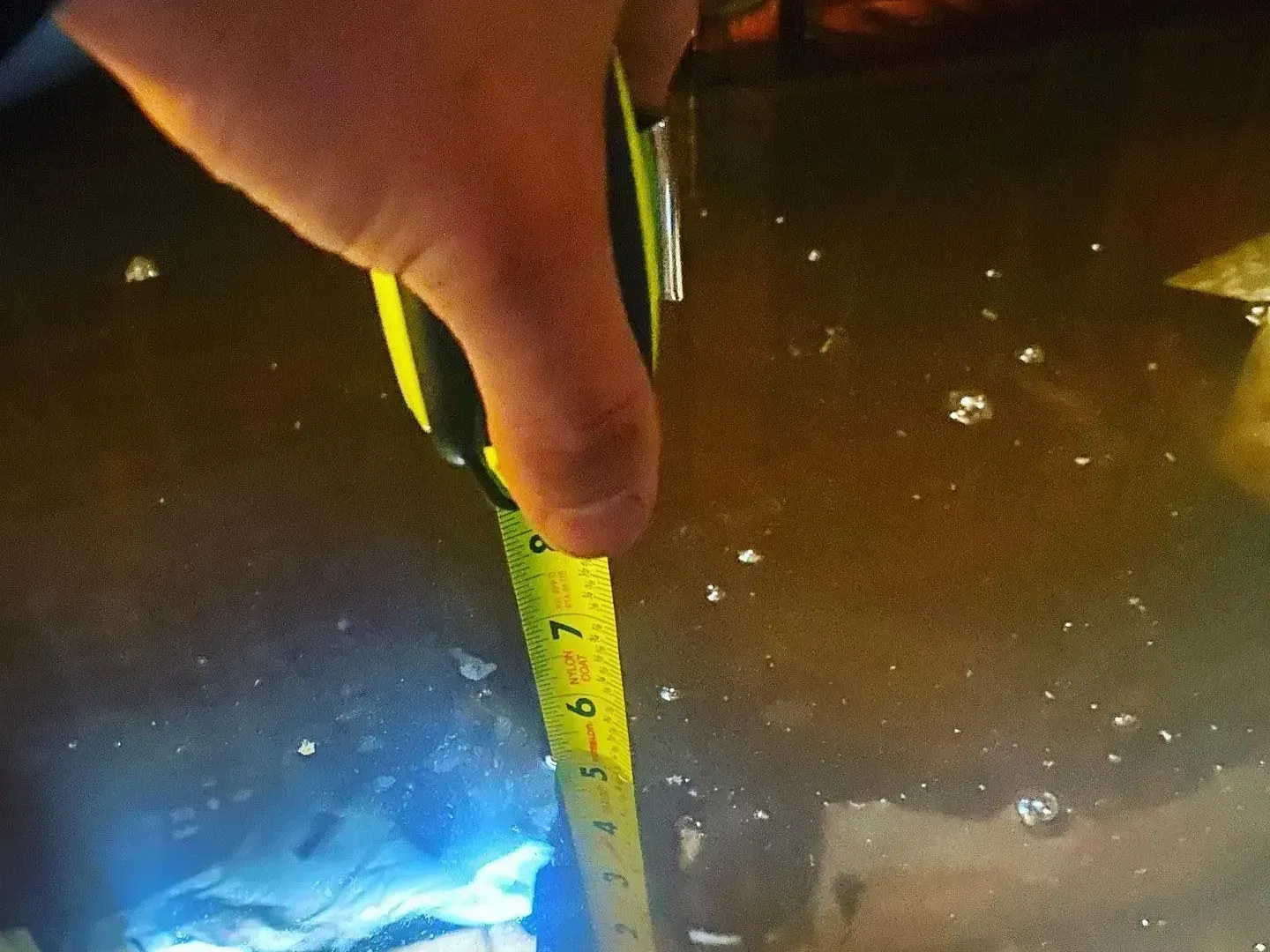
Clogged Window Wells & Exterior Drains
Leaves, dirt, and other debris can turn window wells and outdoor drains into mini reservoirs during a storm. If water pools, it can leak through window seals and into your basement.
Solution:
Clear out any debris from drains and window wells. Window well covers can also help prevent future problems.
Sump Pump Failure
A working sump pump is your basement’s best defense—especially in spring. If your pump is outdated or hasn’t been tested in a while, you could be in for a wet surprise.
Solution:
Test your sump pump early in the season and consider a battery backup to keep it running in case of power outages.
If Your Basement Does Flood...
Time is everything. Water damage worsens quickly, and mold can begin to grow in as little as 24–48 hours.
- Don’t wait. Contact a certified restoration team immediately.
- Call K.O.S. Restoration. We’re IICRC-certified and ready 24/7 to help Long Island and Queens homeowners clean up and dry out fast.
- Skip DIY. Moisture trapped in walls, floors, and carpets can lead to mold and long-term damage.
Trusted by Long Island & Queens Since 2006
K.O.S. Restoration is your neighbor, not a franchise. We’ve been helping homeowners across Suffolk, Nassau, and Queens for nearly two decades with fast, effective solutions for water damage and mold remediation. When you call us, you get real help—real fast.
Worried about flooding this spring? Don’t wait for the next storm. Call (631) 560-8999 to request a free estimate or call us for emergency water damage response.
Basement Flooding FAQ's
What causes basement flooding in spring?
Common causes include heavy rain, soaked soil, foundation cracks, clogged drains, and sump pump failure.
How can I prevent my basement from flooding?
Keep gutters clear, test your sump pump, seal cracks, and ensure proper yard drainage.
Is spring flooding covered by insurance?
Some homeowner policies exclude flood damage. Check with your insurance provider for flood policy details.
How quickly should I act after a flood?
Immediately. The faster you remove water and start drying, the less chance of mold and structural damage.
What are the signs of hidden water damage?
Musty odors, warped floors, discoloration on walls, or mold growth are common indicators.


